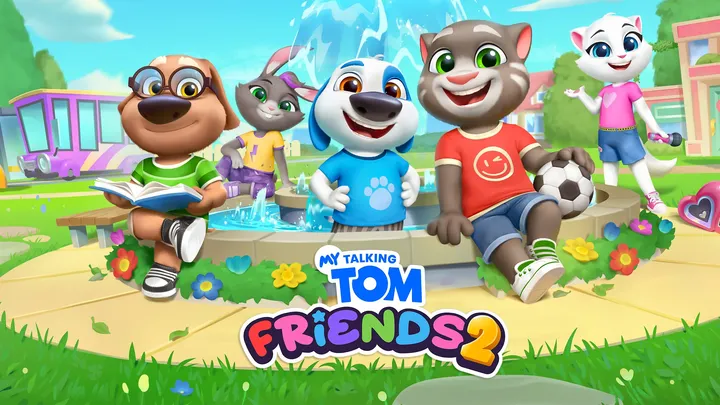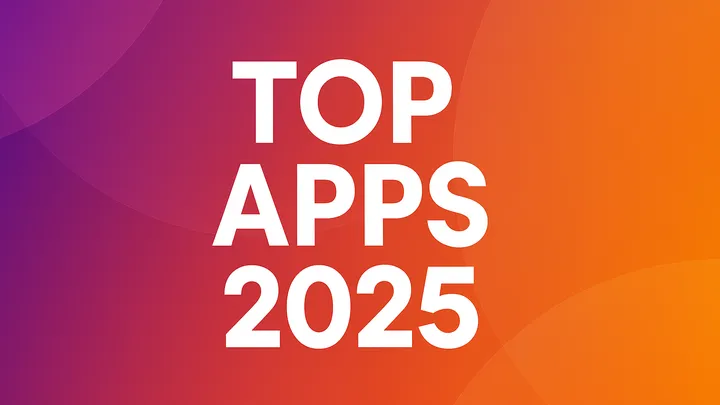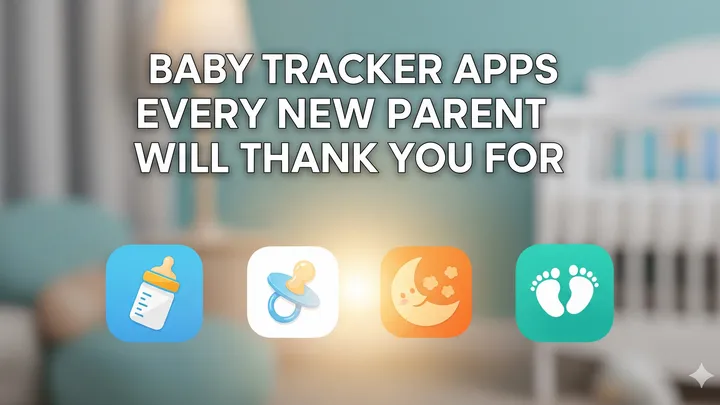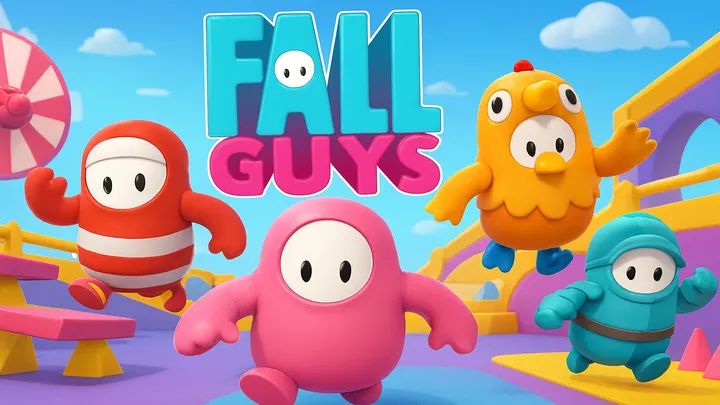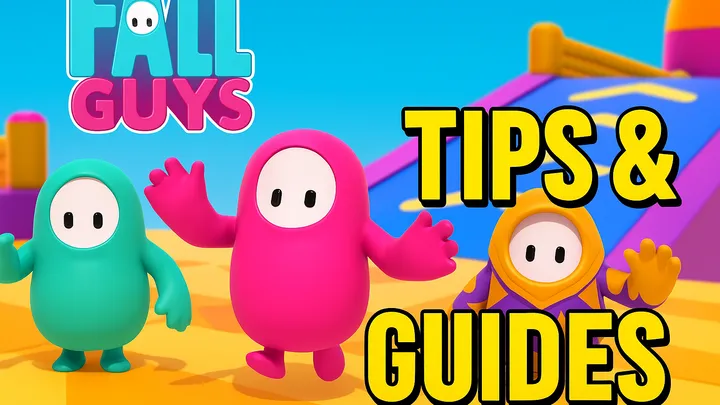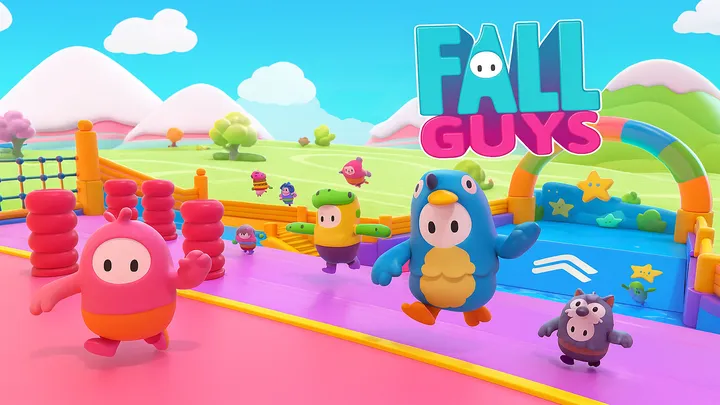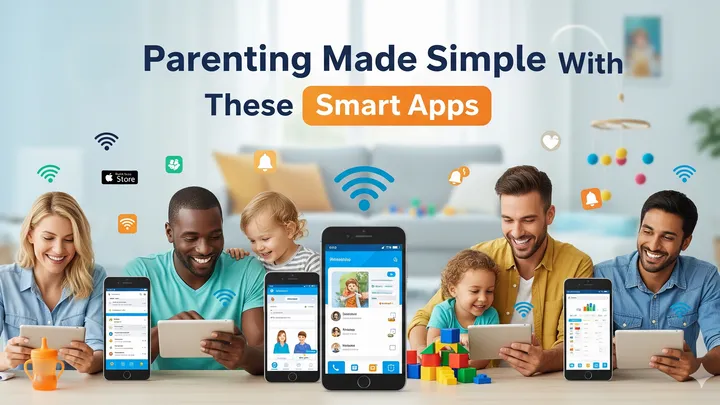In the digital age, learning is no longer confined to classrooms or traditional textbooks. Children today interact with knowledge through engaging platforms that bring education to life. Among the most captivating areas of early learning are animal-themed applications, designed to stimulate curiosity, improve retention, and strengthen the connection between children and the natural world. Animal learning apps have evolved far beyond simple flashcards; they now incorporate immersive features such as augmented reality (AR), gamified challenges, adaptive storytelling, and interactive soundscapes.
In this comprehensive review, we will explore the top 5 animal learning apps that are shaping how children learn about wildlife and nature. The focus will remain on the features, educational approaches, and unique engagement strategies that set each platform apart. By delving into these aspects, we uncover how these applications not only teach about animals but also nurture empathy, cognitive skills, and environmental awareness.
1. Animal World for Kids: Immersive Exploration of Wildlife
Animal World for Kids stands out as a cornerstone in early childhood learning, combining vivid visuals with tactile interactivity. Designed primarily for children between ages 3 to 7, the app focuses on exploration-driven learning rather than rote memorization.
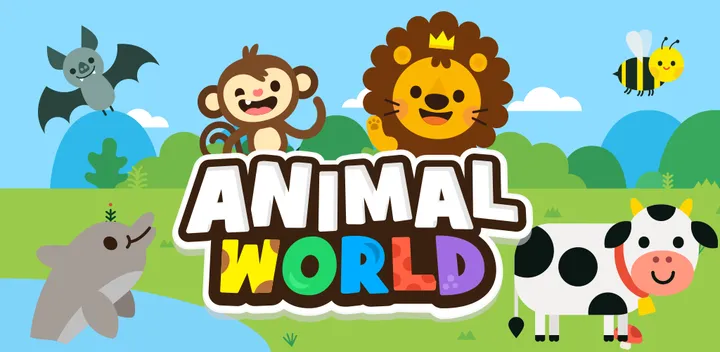
Core Features
- Interactive 3D Animal Models
- Each animal is represented with lifelike 3D models that children can rotate, zoom, and view from multiple perspectives. This allows learners to go beyond a flat image and develop a spatial understanding of animal anatomy.
- Realistic Animal Sounds
- Every animal is paired with its authentic sound. Whether it’s the roar of a lion, the trumpeting of an elephant, or the chirping of a bird, sound integration bridges the gap between the digital and real world, strengthening memory association.
- Habitat Exploration
- Children can virtually explore ecosystems such as jungles, oceans, deserts, and grasslands. Each environment is filled with background visuals and ambient sounds that create an immersive learning experience.
- Quizzes and Mini-Games
- Learning is reinforced through engaging mini-games, such as matching animals to their habitats or identifying animals by sound. These challenges encourage critical thinking while maintaining a playful environment.
Educational Impact
By presenting animals within their ecological context, Animal World for Kids fosters ecological literacy. Children gain not just knowledge of individual animals but also an understanding of how they interact with their environments. The combination of sound, visual, and touch-based learning modes ensures that multiple learning styles are supported.
2. Peekaboo Barn: Early Language and Animal Recognition
Peekaboo Barn has become a classic in early childhood education, beloved for its simplicity and charm. Geared towards toddlers and preschoolers, the app focuses on animal recognition and language development, blending storytelling with playful surprise.
Core Features
- Peekaboo Game Design
- The central mechanic is simple yet effective: children tap on a barn door to reveal a hidden animal. This element of anticipation captures attention and keeps engagement high.
- Bilingual Language Support
- Peekaboo Barn offers narration in multiple languages, allowing parents to select between English, Spanish, Mandarin, and more. This makes it an excellent tool for bilingual households or early language exposure.
- Parent-Customized Voice Recording
- A standout feature is the ability for parents or caregivers to record their own voice narrating the animals’ names. This personalizes the learning experience, strengthening both familiarity and bonding.
- Day and Night Cycles
- The app introduces a gentle time-based system. During daytime, barn animals are active; at nighttime, animals prepare for rest. This helps children connect learning with daily routines.
Educational Impact
Peekaboo Barn excels in foundational recognition skills—teaching children to link animal visuals with their sounds and names. Its bilingual and customizable narration further expands its reach, supporting language development alongside zoological learning. By aligning gameplay with early developmental stages, it ensures that even the youngest learners can engage meaningfully.
3. WWF Together: Connecting Children with Wildlife Conservation
Developed by the World Wildlife Fund (WWF), WWF Together is a unique blend of animal learning and environmental stewardship. Unlike many children’s apps that focus solely on recognition, WWF Together introduces a conservation narrative, encouraging children to view animals not only as fascinating creatures but also as beings in need of protection.
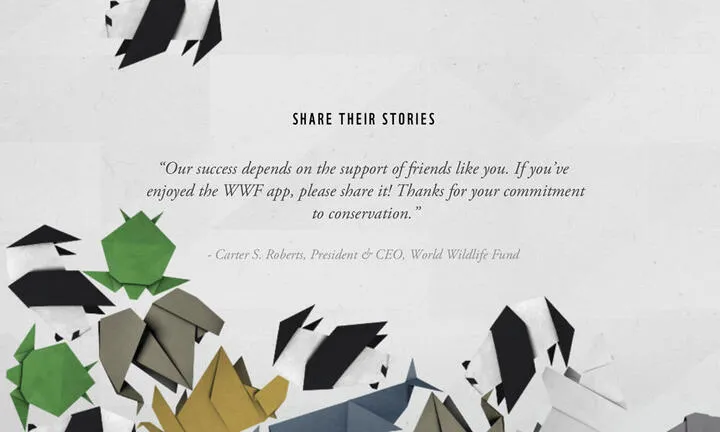
Core Features
- Stunning Photography and Cinematic Videos
- The app uses high-definition photography and short cinematic clips to create an awe-inspiring showcase of endangered species. The visual quality rivals that of nature documentaries, bridging entertainment with education.
- Fold-Out Stories
- Each animal profile is presented through interactive “fold-out” stories, where children swipe, tap, and unfold digital flaps to reveal facts about species, habitats, and conservation efforts.
- Interactive Activities
- WWF Together incorporates simple activities like origami folding tutorials to represent animals such as pandas or elephants. These hands-on tasks bridge digital learning with offline creativity.
- Real-Time Conservation Updates
- One unique feature is the inclusion of live conservation updates, allowing children and families to see how wildlife is being protected globally in real time.
Educational Impact
WWF Together’s strength lies in its ability to nurture empathy and responsibility. By combining stunning visuals with conservation messaging, the app positions animal learning within the larger framework of sustainability. Children are encouraged not only to learn facts but to reflect on their role in protecting the natural world.
4. Animal Sounds for Kids: Auditory Learning and Sensory Play
While many apps emphasize visuals, Animal Sounds for Kids takes a different approach, focusing heavily on auditory association and sensory learning. This app is particularly effective for young learners who are developing listening skills or for children with aural learning preferences.
Core Features
- Extensive Sound Library
- The app boasts hundreds of authentic animal sounds, covering everything from common farm animals to exotic wildlife. Each sound is paired with corresponding visuals, reinforcing recognition.
- Guess-the-Sound Games
- Children are challenged to identify animals based solely on the sound they hear. This encourages attentive listening and strengthens auditory processing skills.
- Touch-to-Sound Functionality
- By tapping on animals displayed on the screen, children trigger immediate sound feedback. This instant cause-and-effect relationship makes learning intuitive and fun.
- Categorized Sound Collections
- Sounds are organized into categories such as farm animals, forest animals, marine life, and birds. This categorization aids structured learning and allows focused exploration.
Educational Impact
Animal Sounds for Kids enhances auditory recognition, memory recall, and sensory engagement. By centering the experience around sound, the app builds skills often overlooked in visually dominant learning tools. It also supports children with special educational needs, where auditory reinforcement may be a more effective pathway to learning.
5. Animal Jam: Gamified Animal Learning and Virtual Ecosystems
Created by WildWorks in partnership with National Geographic, Animal Jam merges the world of education with social gaming. While primarily targeted at older children, the app maintains a strong educational core, teaching about animals, ecosystems, and environmental stewardship through immersive play.
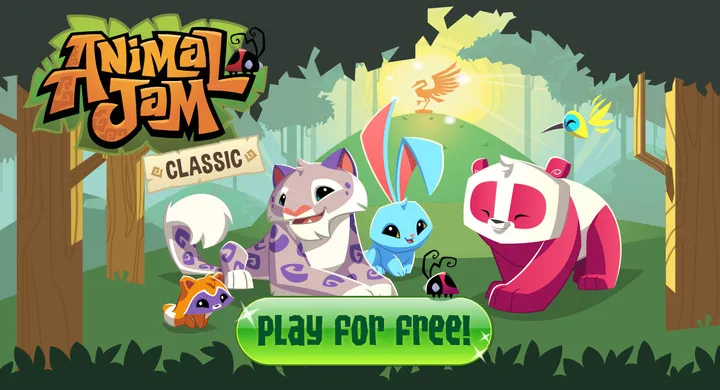
Core Features
- Virtual Animal Avatars
- Children create customizable animal avatars, each representing a different species. This avatar-based system allows learners to “become” the animal, fostering empathy and identity exploration.
- Explorable Virtual Ecosystems
- The app features detailed digital worlds such as forests, oceans, and deserts. Each ecosystem contains interactive elements, fun facts, and challenges that simulate real-world ecology.
- Mini-Games and Quests
- Quests encourage players to learn about food chains, habitats, and survival skills while earning rewards. Gamification transforms factual knowledge into interactive adventures.
- Social and Collaborative Learning
- Animal Jam includes multiplayer interactions where children can chat (with parental controls), collaborate, and trade items. This introduces social learning and cooperation in an educational context.
- National Geographic Educational Content
- Integrated with National Geographic resources, the app offers fact sheets, videos, and conservation stories, blending entertainment with credible scientific information.
Educational Impact
Animal Jam represents the fusion of entertainment and learning. While it is highly engaging, its greatest strength lies in how it frames wildlife knowledge within collaborative, exploratory play. The inclusion of credible educational resources ensures that children are exposed to accurate, meaningful content even within a game-like environment.
Conclusion: The Future of Animal Learning Apps
Animal learning apps are no longer just digital flashcards. They have evolved into immersive ecosystems of knowledge, combining interactivity, sound, visuals, and storytelling to nurture children’s curiosity.
- Animal World for Kids emphasizes 3D exploration and ecological context.
- Peekaboo Barn highlights recognition, surprise, and bilingual language learning.
- WWF Together connects learning with conservation and global responsibility.
- Animal Sounds for Kids develops auditory memory and sensory skills.
- Animal Jam merges gamification, social interaction, and credible science.
Each app brings a distinct lens to animal education, ensuring that children not only learn animal names and sounds but also develop empathy, cognitive skills, and an appreciation for nature. Together, they represent the next frontier in experiential learning, preparing young minds to see the natural world not as distant, but as a vibrant, interconnected community worth exploring and protecting.




